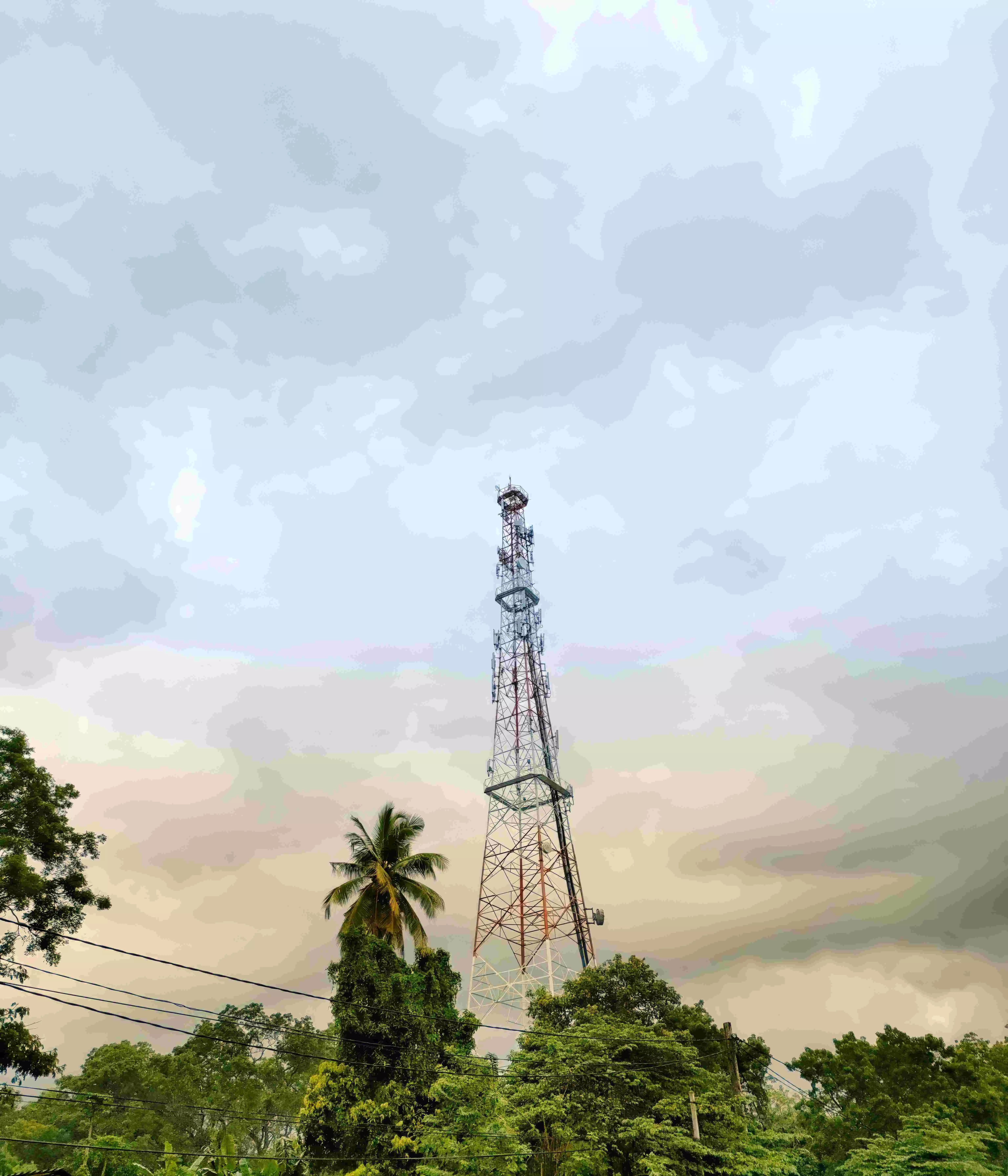Talking Shop: Telecom Shotguns
When we talk telecom, we hem and haw about rising zeros in debt figures and liabilities. We all forget the investors, hapless casualties of this ‘sunrise sector’

“I have not failed. I have
just found 10,000 ways
that simply won’t work.”
— Thomas A Edison
The powers that be seem to have done a number on the Indian telecom industry. Or, as Edison said when his light bulb went ka-boom for the umpteenth time, “10,000 ways that just won’t work”. How else does anyone explain the conundrum being faced by even those telcos that downed shutters long back, and are part of Indian telecom’s list of also-rans? The divorce is going badly for these erstwhile telcos, with alimony and settlement figures high enough to drive them batty and mentally blind.
To name just three operators to drive home this argument, there are Reliance Telecom, Tata Group (telecom) and Aircel. The three former telcos have been told recently through a judgment of the Hon’ble Supreme Court that they owe Adjusted Gross Revenue (AGR) dues of Rs 25,199 crore, Rs 16,798 crore and Rs 12,389 crore, respectively, to the Department of Telecommunications; the total for just these three is Rs 54,386 crore. Throw in the AGR dues of still-functional telcos Bharti Airtel and Vodafone Idea – Rs 43,980 crore and Rs 58,254 crore, respectively – and preliminary figures peg the total at Rs 1,56,620 crore. Whew.
This debate today, though, is not about a vision-fuzzing trail of zeros, with a few digits thrown in ahead, owed by telcos to the licensing authority. Hence, let’s not hem and haw about AGR dues, or other debt and liabilities figures. Let’s talk of investors large and small, the hapless casualties of this ‘sunrise sector’, for whom the number of zeroes in their investment and earnings reports figure has disappeared alarmingly and come close to zilch, nought, zip, nil…
The writing was on the wall
When one of the world’s top telecom companies announced some years ago that it would not invest even one more dollar in India, ever, the writing was on the wall. The enigma is that five years down the line, the writing doesn’t seem to have yet been deciphered (assuming it has been read in the first place). Everyone who follows telecom in India was shocked when former Vodafone Plc Chairman Vittorio Colao wrote to then Prime Minister Manmohan Singh in 2012, saying “arbitrary and punitive, retrospective treatment” of Vodafone and other telcos would tarnish India’s image as an investment destination.
Years passed, global telecom changed and Indian regimes changed; but the approach to taxing and extracting levies from telecom companies has not. Telcos, especially those from overseas (therefore, used to far more conducive licensing and taxation norms), have found the going tough in India. It was inevitable that one by one, most fell along the rutted road and became part of history. In the process, Indian telecom, once boasting as many as a dozen operators in each of its 28 telecom circles, suddenly saw that number whittle down to three private operators, plus the Government-owned BSNL-MTNL.
Another Vodafone statement on “unclear path to return on investments” extended to investors as well. Smaller, retail investors are the biggest victim of this opacity, but just like the telcos, investors have themselves to blame too. They indulged in a whimsical flight of fancy, creating an exposure of 60-80 per cent in technology, media and telecom stocks, even though valuations were ridiculous. But this was the answer given by hapless investors after their over-exposure to real estate and infrastructure stocks, which earned poor returns.
Retail investor was not alone
If retail investors got overtly optimistic and saw telecom dollar signs every which way they turned, foreign institutional investors fared no better, and that included Chinese banks. Making the mistake of omission (not commission) for the first time, FIIs and banks failed to participate in the run-up in well-grounded infrastructure companies, as also defence, energy transition and public sector firms, all of which showed a vastly-better financial performance in subsequent years. But it was too late.
Investors were helped along the mystical path by bull-crazy telecom companies and incredible financial projections, which later turned out to be a hyperbole. Telcos had daggers unsheathed to carve out one-another’s throats, making knee-jerk revenue moves to increase customer headcount. The madness was visible whenever the Government held spectrum auctions, with bids so bizarre that most would scratch their heads in perplexity. It was as if telcos forgot that the bids had to be honoured – and eventually paid.
And then, Reliance Jio Infocomm entered the picture. By then, India’s telcos had already made crazy, but significant investments on spectrum, networks, offices and other infrastructure, and were hard-pressed to increase revenues per user to meet debt-servicing obligations and other operational outflows. With monthly average revenues per user (ARPU) under Rs 200 and dues piling up, it was a matter of time before everything went belly up. Today, surviving private telcos admit wisely that ARPUs above Rs 300 are the only way to survive. This is an after-the-act concession; for them, for their customers who are now periodically asked to cough up more for services, and for the investors who pumped in thousands of crores into telecoms.
How much has been lost?
As they watch a little bird fly around, trying to unearth this depressing figure, industry-watchers get palpitations if asked directly. Therefore, let’s look at the math – outstandings to the licensor are Rs 300,000 crore (and increasing each year, given recurring dues and levies); existing bank loans are approximately Rs 500,000 crore; while disputed or written-off debt is Rs 150,000 crore. Add in network expansion and upgrade costs, throw in operational and running expenses, and garnish the now-frothing broth with future expenditure on bids for new spectrum… You don’t need a calculator to add up the back-of-the-envelope numbers mentioned above.
Hint: You could leave out the zeros, Indian telcos are attuned to this now.
Not very inspiring, that thought. But Steve Jobs was enthusing, when he said: “The only way to do great work is to love what you do. If you haven’t found it yet, keep looking. Don’t settle.”
The problem is that operators took the task of listening to Steve Jobs far too seriously and with great glee, as it turns out. They took to heart his “don’t settle” advice. They “kept looking”, it is just that the direction was all wrong. They didn’t slow down in “loving what they did”, spending recklessly the money that belonged to someone else. And they kept cutting billing rates while incurring greater costs, defying the basics of economics.
The results are there for everyone to see, including investors. Thousands of crores have been lost. The remaining telcos number just three today. And two-thirds of them are suffering in silence, for there is no other recourse.
The writer is a veteran journalist and communications specialist. He can be reached on [email protected]. Views expressed are personal



